Electronic drums can cost a lot of money, especially when buying brand new. If you are budget-conscious, like most of us are, it’s best to spend only as much as you need to get the features that will satisfy your own drumming style and approach. Let’s take a look at a few different levels and what you can expect to spend and receive in those levels.
How Much Should a Beginner Spend on Electronic Drums?
I think it’s best for beginners to try to keep their budget around $500 or less. That can be a lot of money to some people. However, when you compare it to other instruments it’s not too bad, really. A decent beginner electric guitar might cost a couple hundred, and that’s not including the amp. A decent beginner brass or woodwind instrument can cost a few hundred bucks. A decent piano – oof, might want to start with an electronic keyboard.
Beginners Should Spend $300-$700 or Less
If you are looking for a new electronic drum kit, there’s some good budget kits in this range. Remember that you also need to leave some room in your budget for a drum throne, headphones and potentially a kick pedal.
So let’s say you decide to go for a Simmons Titan 50. It’s a solid kit for beginners, can be expanded as you get more experienced as a drummer, and costs around $450 + tax. It includes a kick pedal, which is great. But you’ll also need a throne, some headphones and a rug. A basic throne will cost around $50. A cheap pair of headphones will cost another $25-$50. A rug, if you need one, will be another $20. So you’re looking more at spending closer to $600-$700 by the time it’s all said and done.
Other solid options on the higher end of this budget range include the Alesis Surge Mesh and the Roland TD-1DMKX drum kits. Both are affordable enough for beginners but have better modules and pads than the cheapest budget kits. They can also use double kick drum pedals.
If you absolutely need to stay under $500 for a kit plus the extras, you’re best off looking at the Alesis Turbo Mesh, the Simmons Titan 20, or other similar types of basic beginner kits. They won’t be expandable and will include the most basic hardware, but they have coaching and learning features built into the modules and they can help get you started for cheap. These budget kits can also be good for kids who want to try out drumming.
Look For Used Electronic Drum Kits
Another option for keeping it cheap is to look at used kits. Check out your local online marketplaces to see if anybody is flipping a cheaper drum kit, you might be surprised what you can find. Older versions of electronic drum kits can work just great as long as they aren’t damaged, and can be found for half of what they originally sold for.
How Much Should an Intermediate Drummer Spend on Electronic Drums?
Now, let’s say you’re more experienced than a beginner but not a pro level drummer. Somewhere in the middle, what we refer to as intermediate. This is where most drummers are at, with varying degrees. It’s where I’d say I’m at, personally. You’ve maybe been playing for a few years or more, jam with friends and play along with music you like at a competent level. You’re going to have a little higher demands for what an electronic drum kit can do versus a beginner drummer.
You’re going to potentially want larger drum pads, more zones on the drum and cymbal pads for more expressive play, and a better sounding drum module with room for expansion so you can upgrade. You might be going back and forth between your electronic kit and an acoustic kit as well.
An intermediate level drummer will find that there is a wide range of kits and prices that could suit them. Some budget kits can be perfectly fine for intermediate drummers if they are willing to sacrifice on features. The Roland TD-1DMKX, for example, could be pretty fun for an intermediate drummer and only costs around $600 + tax. Drum kits with more advanced features, such as the Roland TD-17KV2 can be really fun to play with it’s more advanced pads and module, but it has a steeper price tag of $1600.
We feel that drummers in this level should expect to spend at least $1000 to get a good electronic kit plus the extras.
What Will $1000 Get You?
This is the budget range for intermediate drummers. Below $1000, you might feel like you’re leaving features on the table that you might prefer to have. You might not be able to get advanced, multi-zone cymbal pads, but you should be able to get multi-zone mesh drum pads around the kit. You might not be able to get an advanced drum module, but you’ll be able to get one that has decent sounds with the ability to hook up to a computer for sound expansion.
If you’re trying to keep it under $1000 we like to recommend kits like the Command Mesh or the Surge Mesh from Alesis, the Titan 50 from Simmons, and the TD-07DMK or the TD-1DMKX from Roland.
What Will $1000-$2000 Get You?
This is where you start to get away from budget kits and find more advanced features. The cymbals start getting better here in terms of more zones on the pads and more dynamic sounds on the modules. Sound modules in this range start to get pretty good with more sound design capabilities and expansion features, and the built-in sounds are generally better than the modules on the budget kits.
There’s actually not a huge amount of electronic drum kits to choose from when you look at the $1000-$2000 range. The standouts that we like are the Roland TD-17KV2 and the Yamaha DTX6K3-X drum kits. Both have excellent drum modules and the cymbal pads are noticeably better than budget kits. The Yamaha kit doesn’t use mesh heads but their TCS pads are pretty nice to play on.
What Will $2000-$3000 Get You?
Once you start to spend more than $2000 you’ll notice you are looking at top-end intermediate kits that are reaching into the pro level. There are kits here that will work well for both intermediate and pro drummers. You’ll start to find acoustic style or larger mesh drum pads, fully capable cymbal pads and highly functional sound modules. Kits in this range also tend to use traditional hi-hat stands for more authentic feel.
This is where you’ll start to find the premium kits from the popular electronic drum brands. In this range we recommend kits like the Alesis Strike Pro SE and the Roland TD-17KVX2. Both are highly playable kits but noticeably different in style.
How Much Should a Pro Drummer Spend on Electronic Drums?
Pro drummers are going to demand the best of the best. They’ll want electronic kits that are responsive to highly expressive styles of play. They’ll need durability and reliability. They’ll need the ability to use them in a studio environment. They’ll possibly even need to stage their electronic drums, possibly in high leverage situations.
Being a pro drummer doesn’t mean you need to spend the most on gear. There’s plenty of kits that we’ve already looked at under $3000 that could be serviceable for a pro. Some of the Roland and Yamaha hits that offer better cymbals and drum modules fit the bill, such as the Yamaha DTX6K3-X or the Roland TD-27KV2.
Then there is the acoustic design level which gets more expensive. Acoustic design kits from Roland and other manufacturers start to reach into the $4000+ range, and can get pretty expensive at the top end. We haven’t looked as closely at those kits since we’re a little more focused on the beginner to intermediate range on this website. But if you have the money and the desire for an electronic kit that looks like an acoustic kit, there’s options out there.
Don’t Overextend Your Budget
There’s no reason to over extend yourself when purchasing drums. It can get a little overwhelming to see so many options and you can start to feel like you aren’t going to get what you want for the money you have to spend.
That’s why it’s best to set a budget and stick to it. You should be able to find something that will work for your budget even if you have to wait for the right used kit to make itself available in your local market.

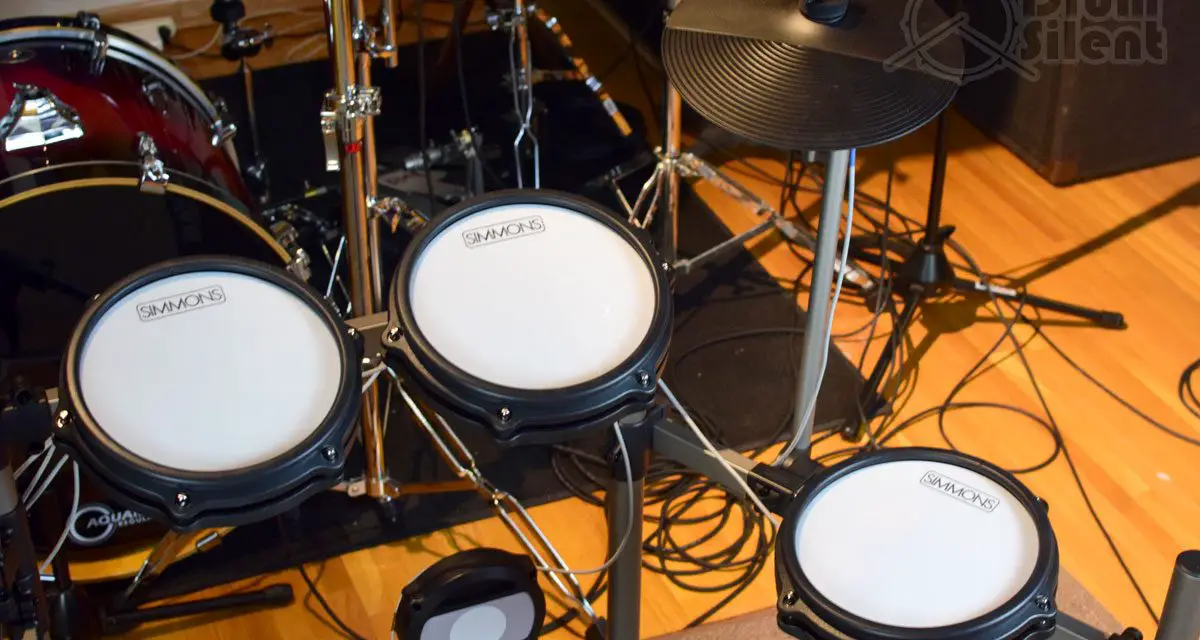
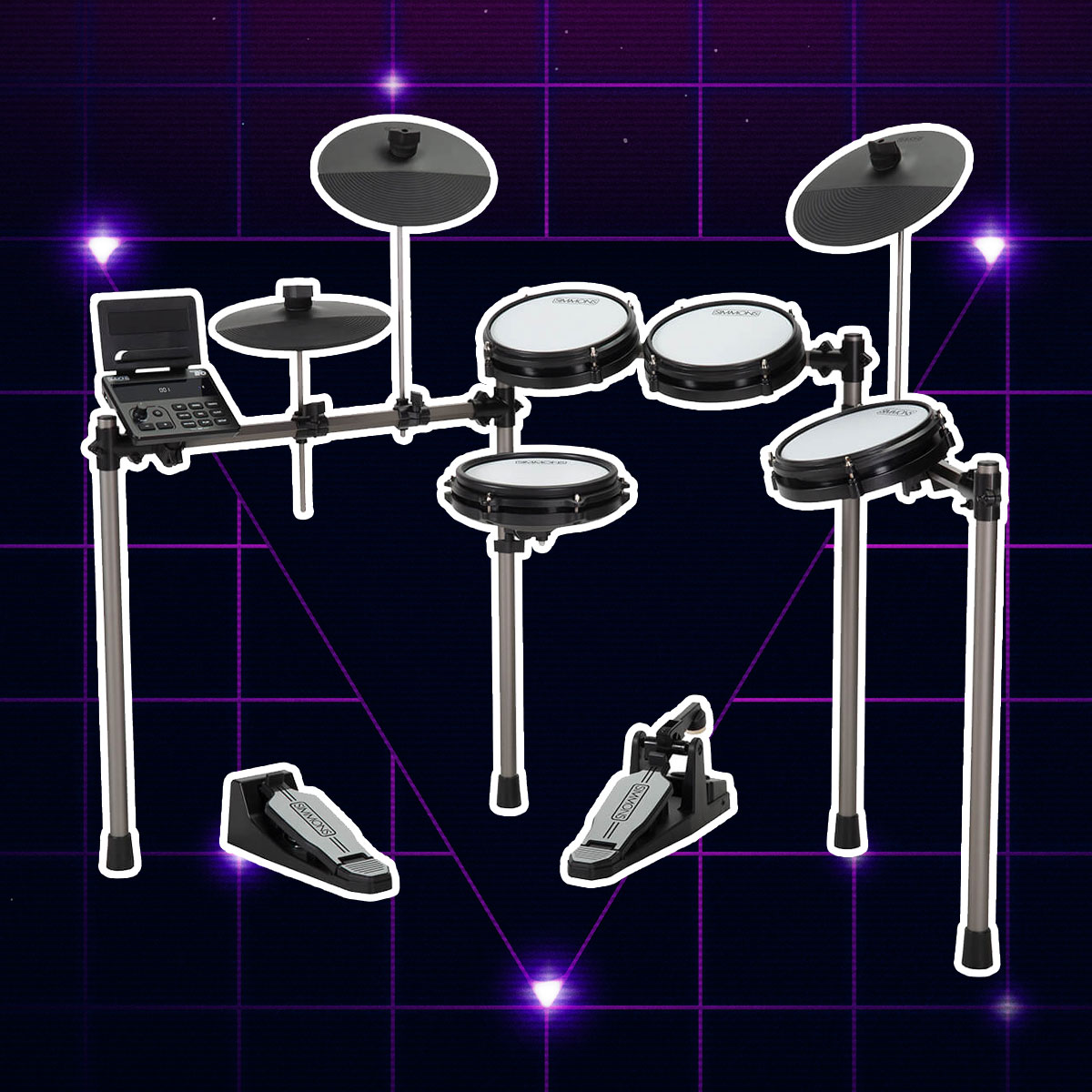
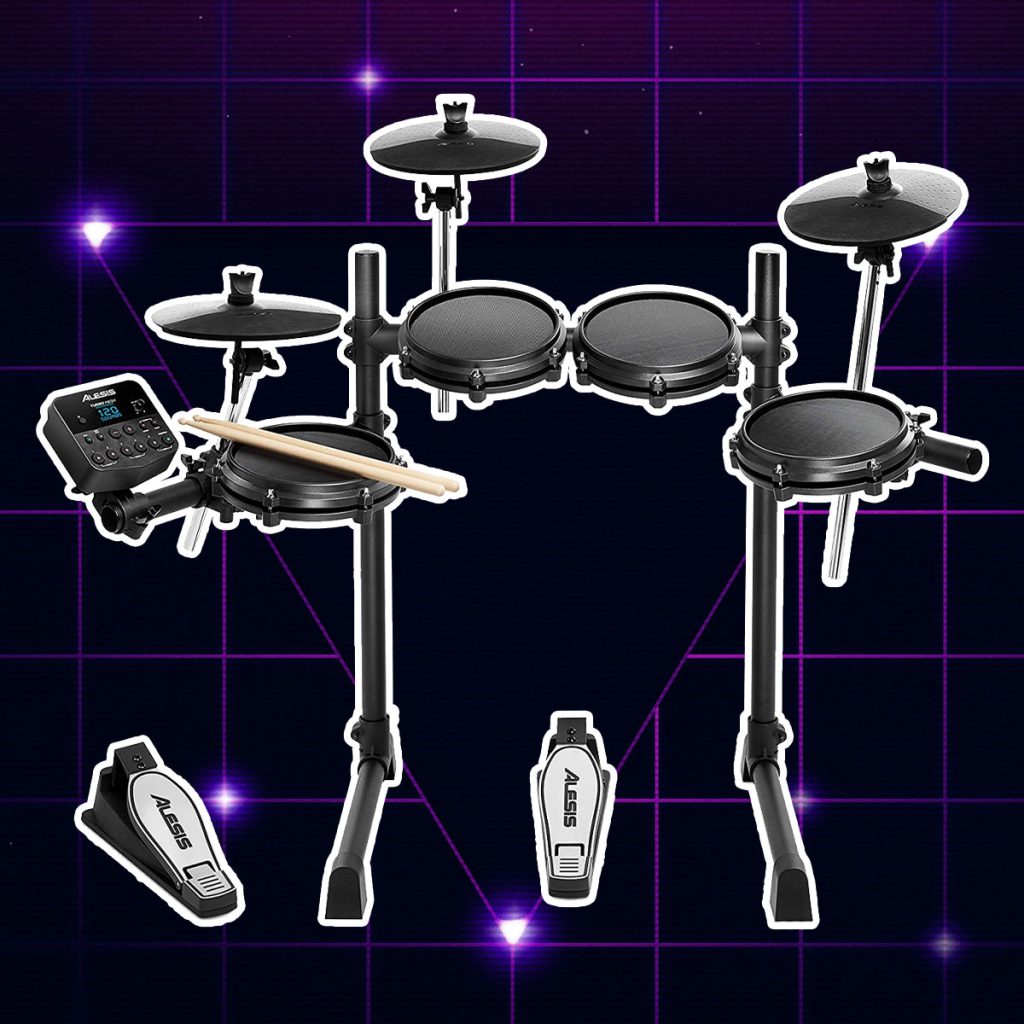
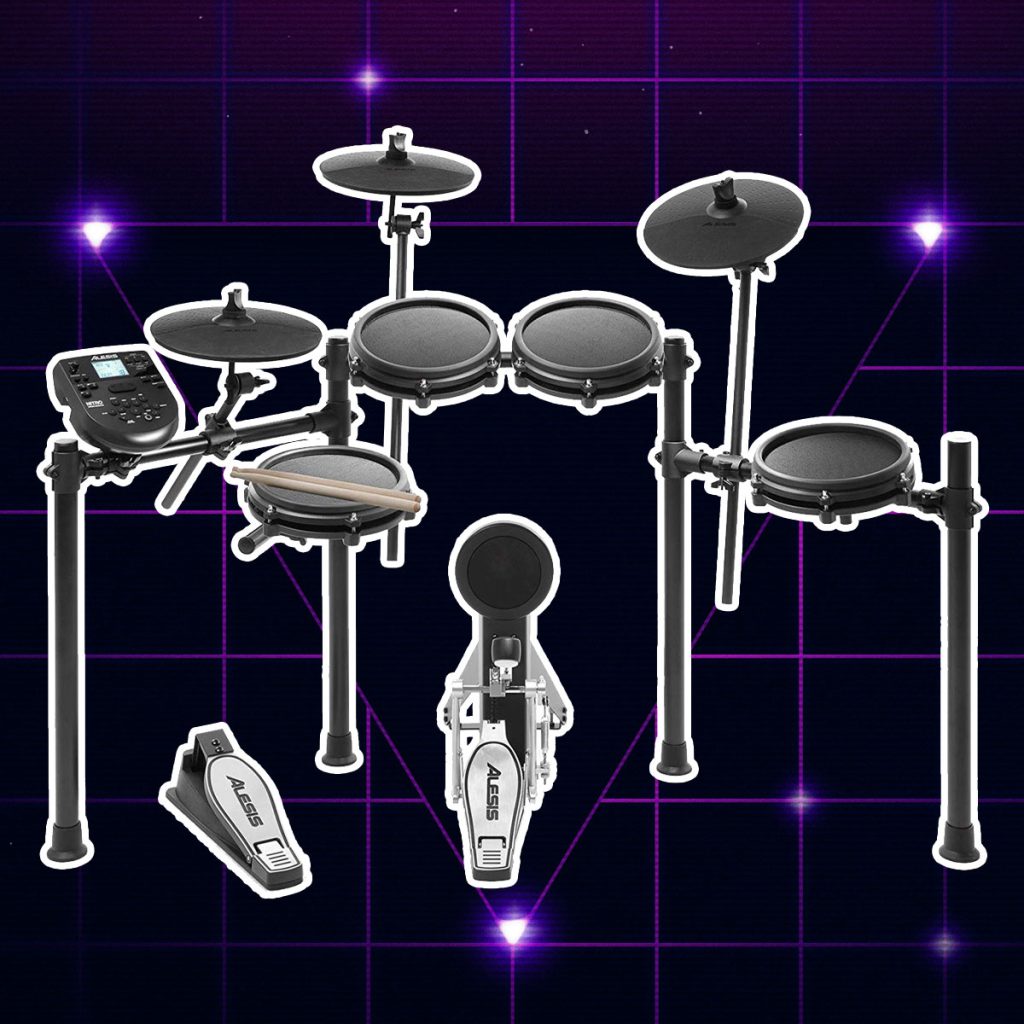
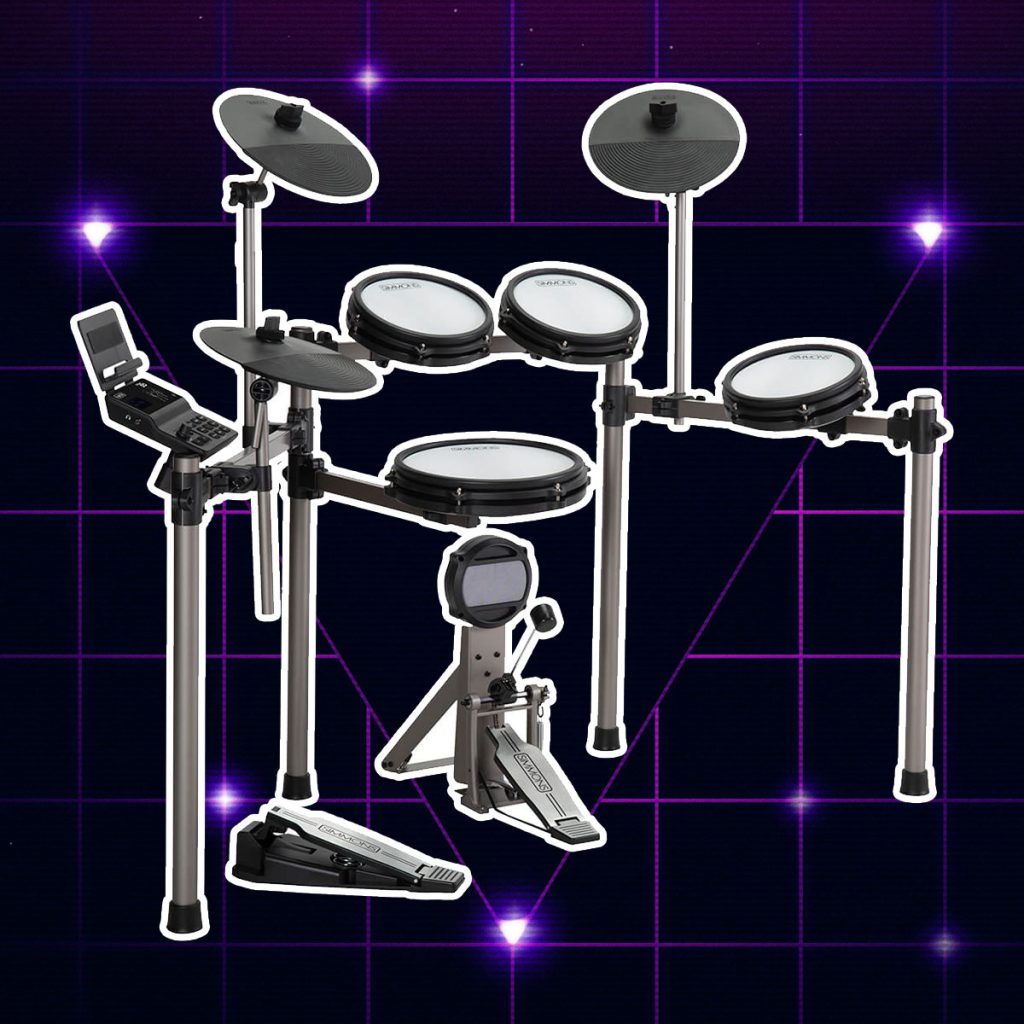
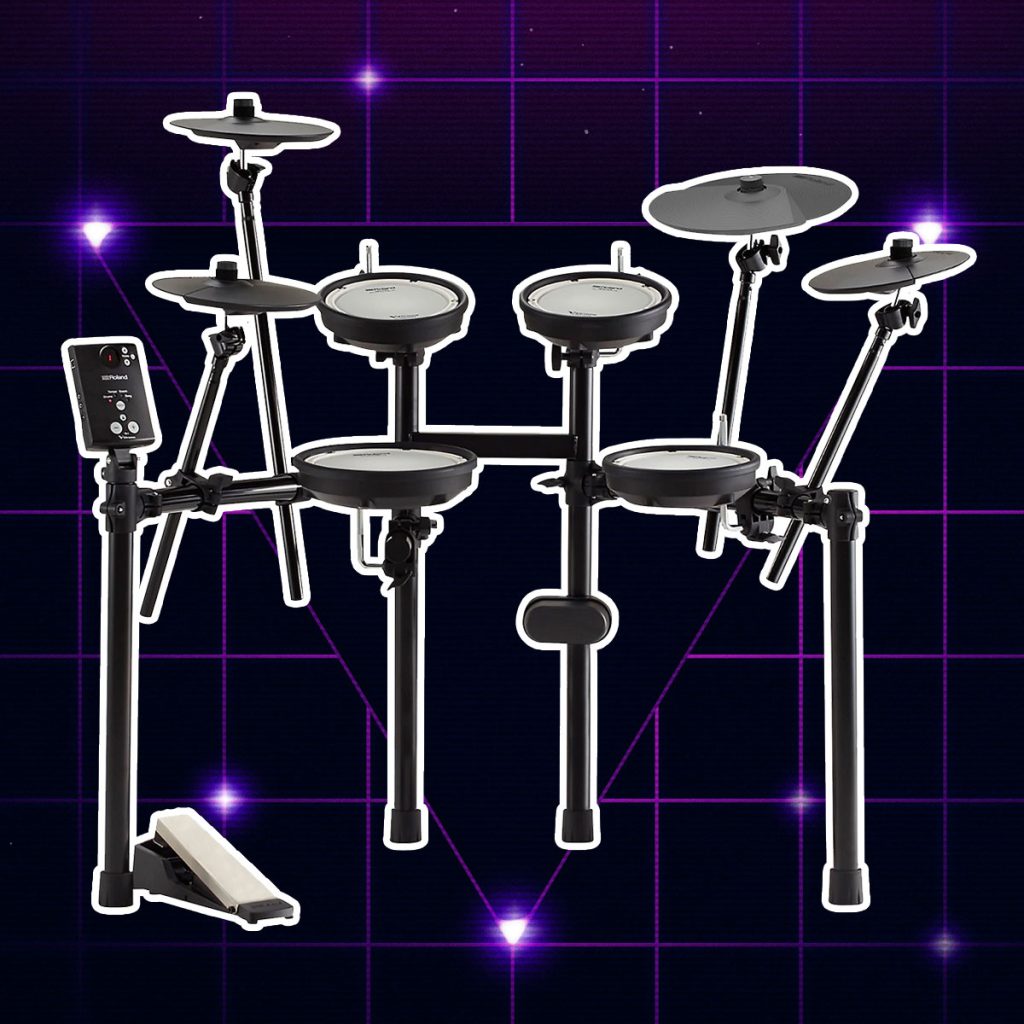
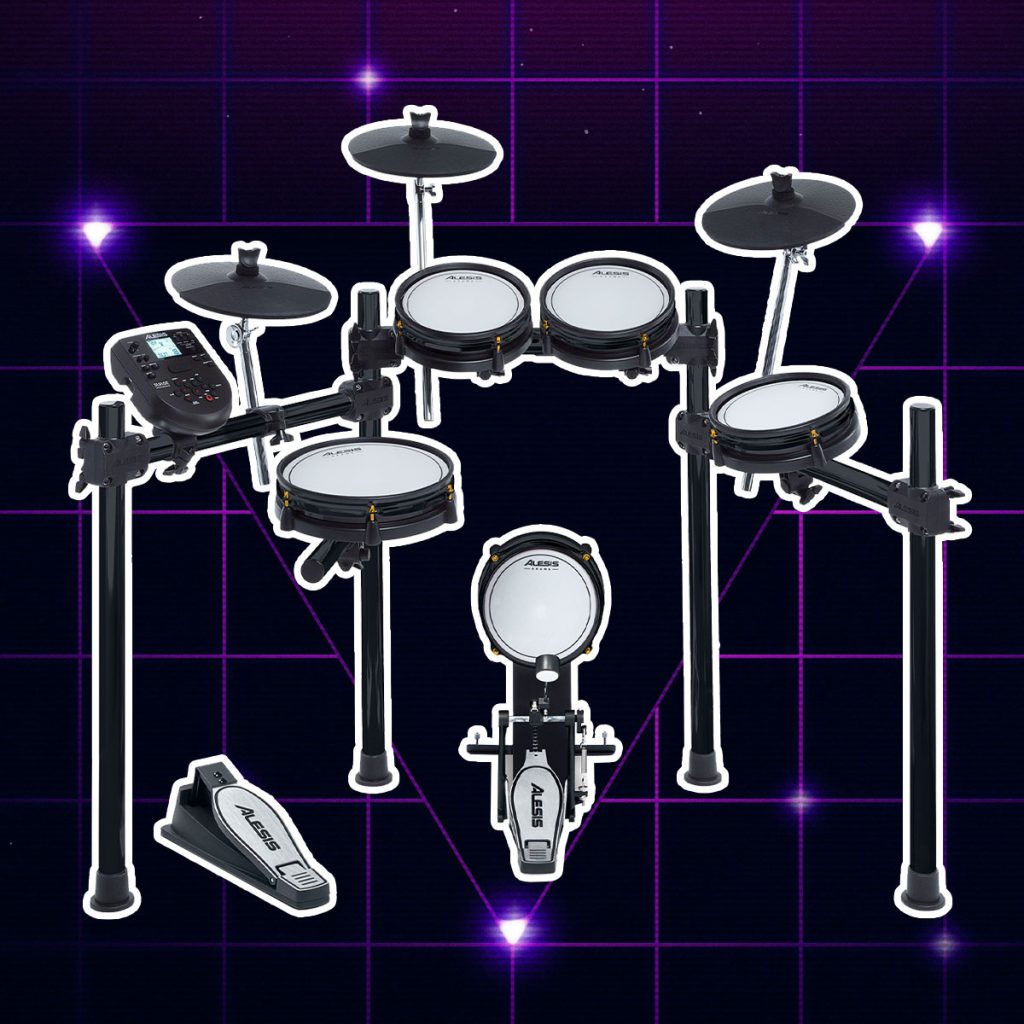
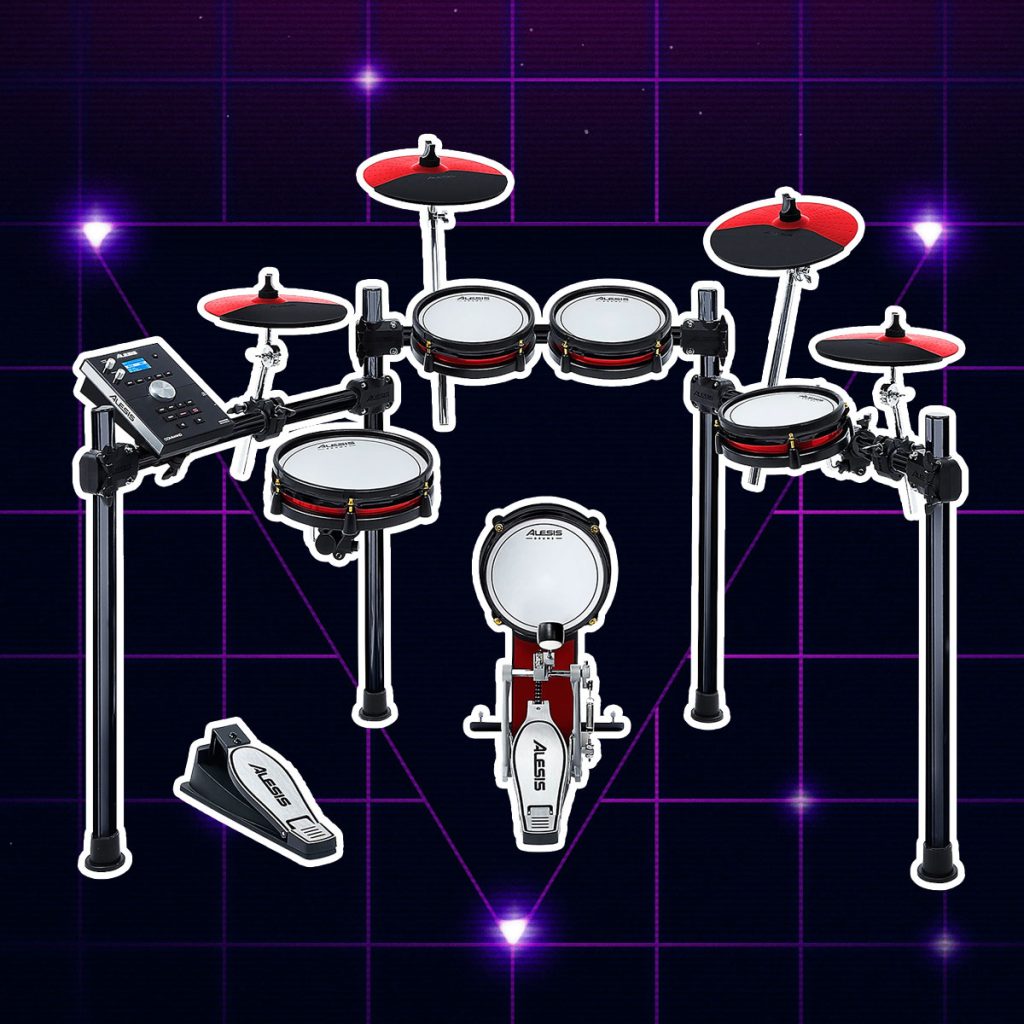
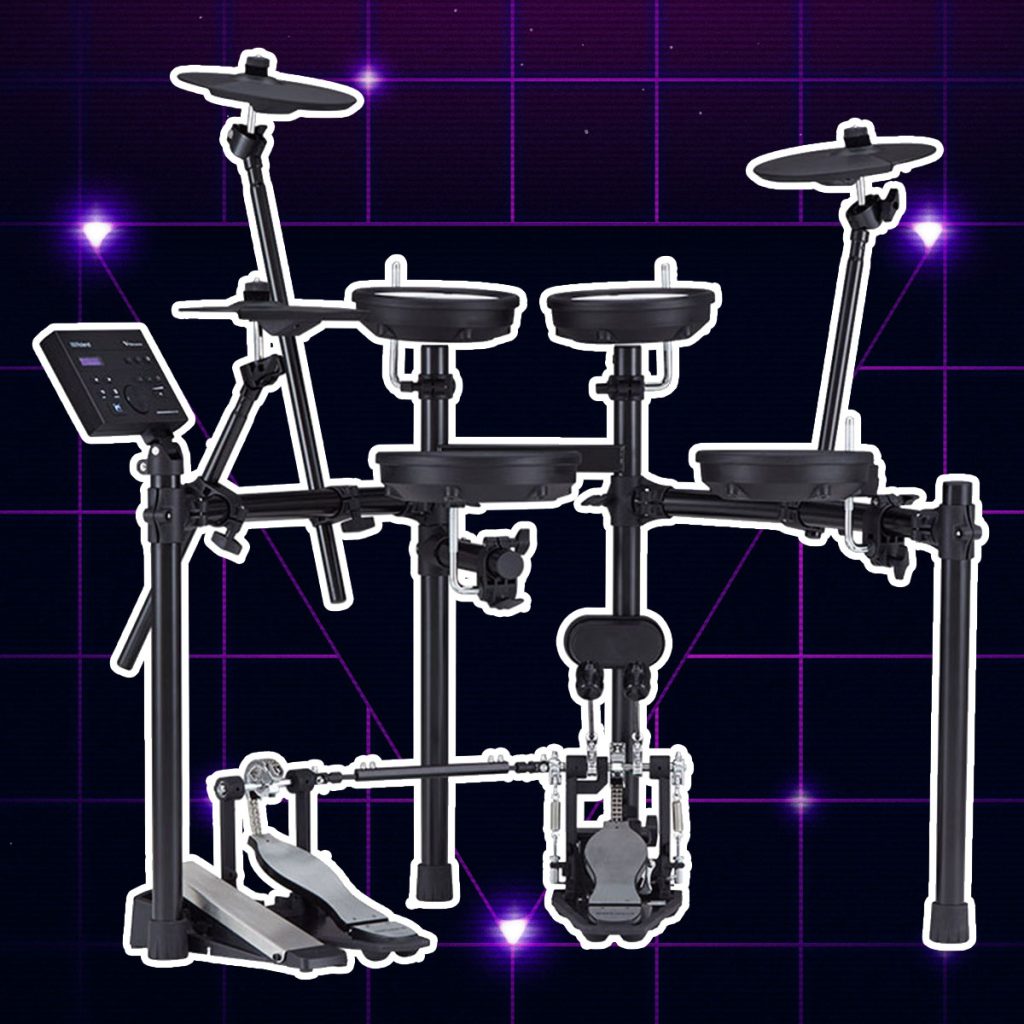
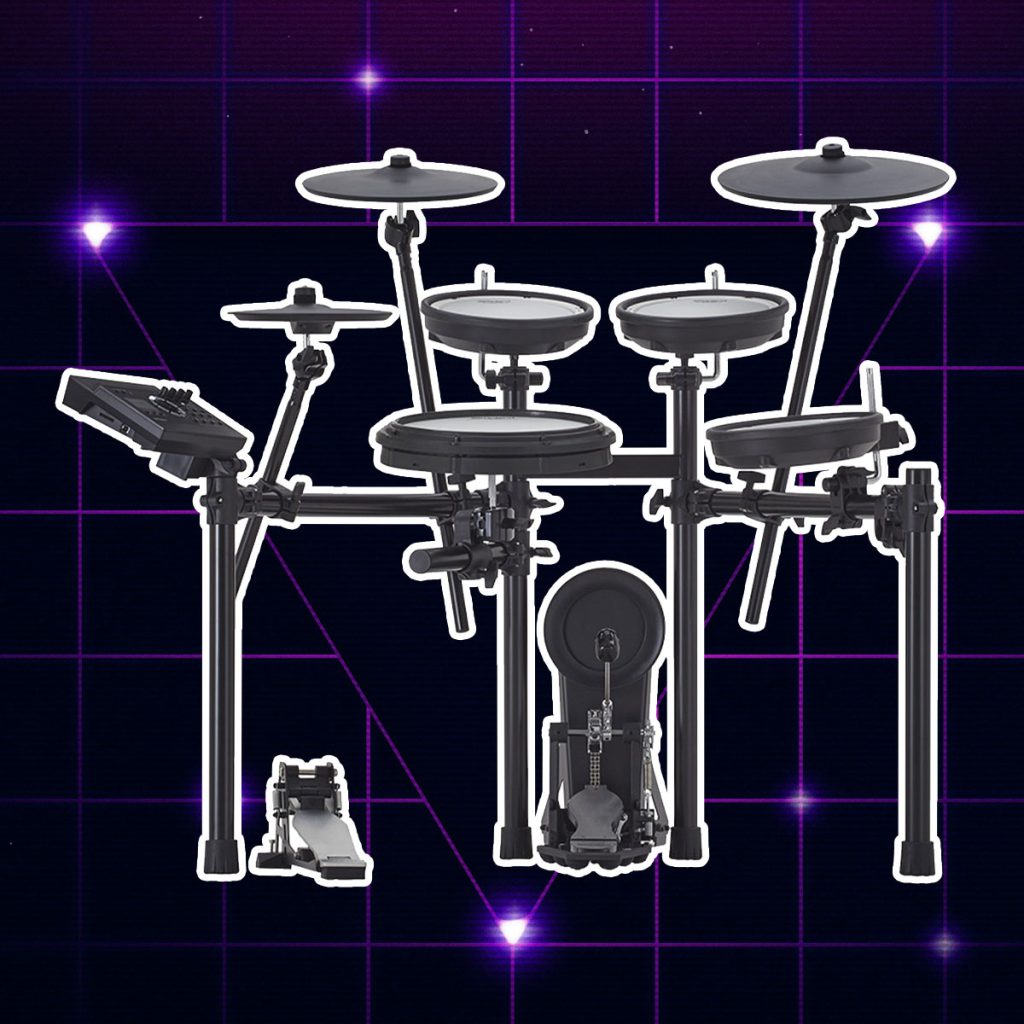
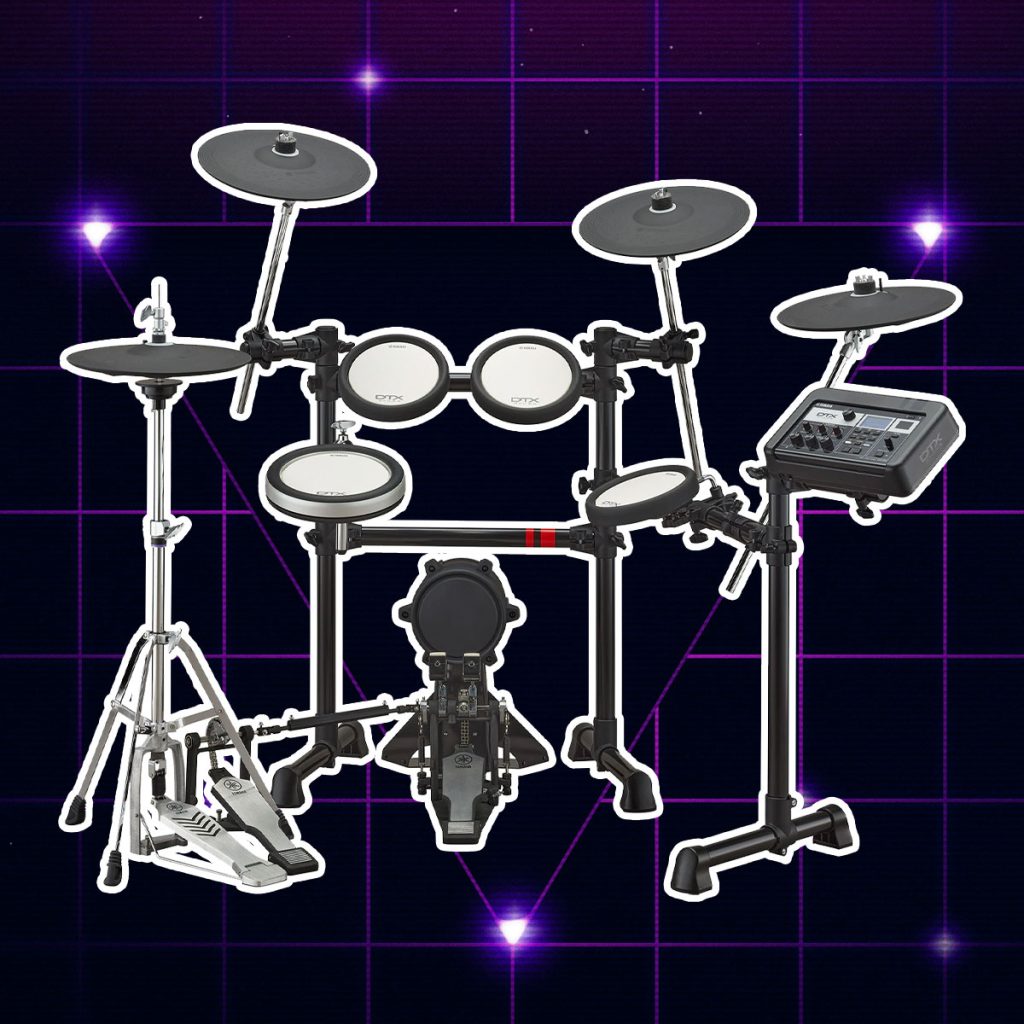
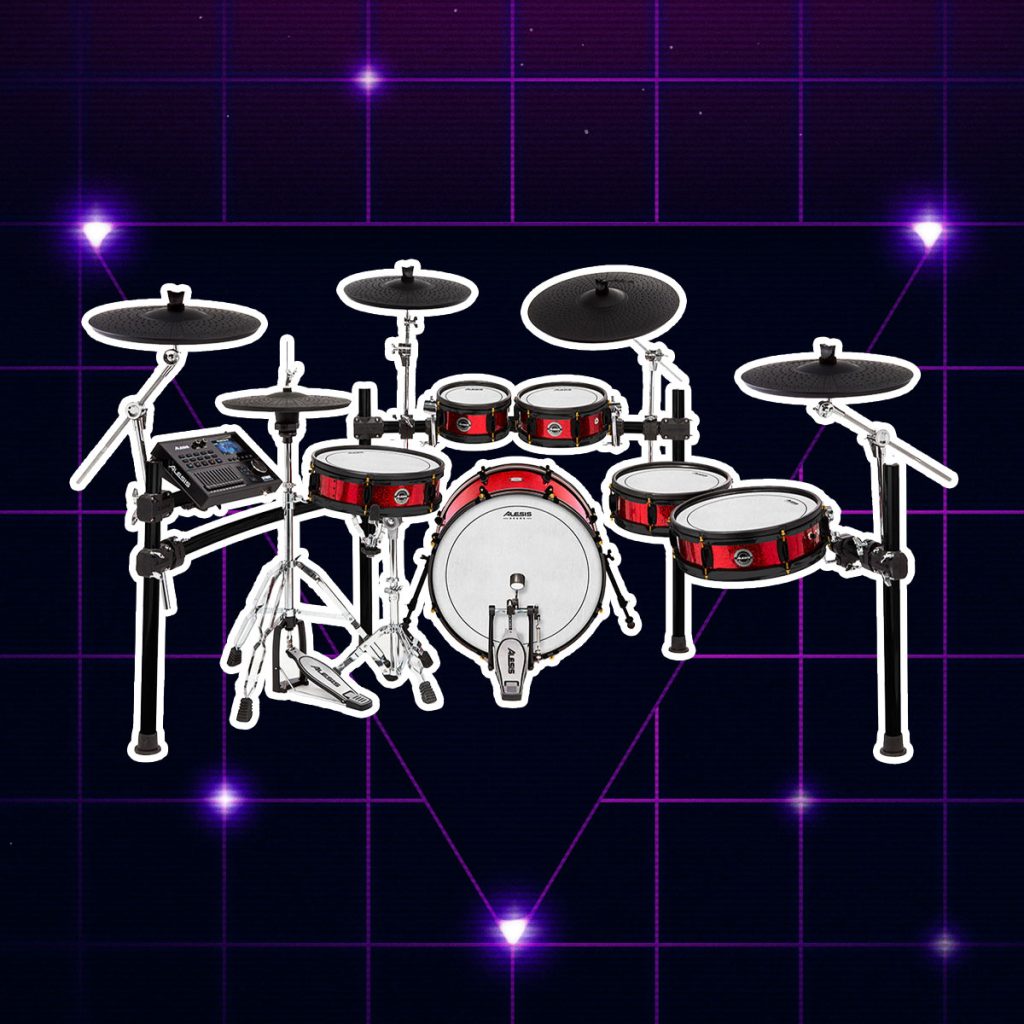
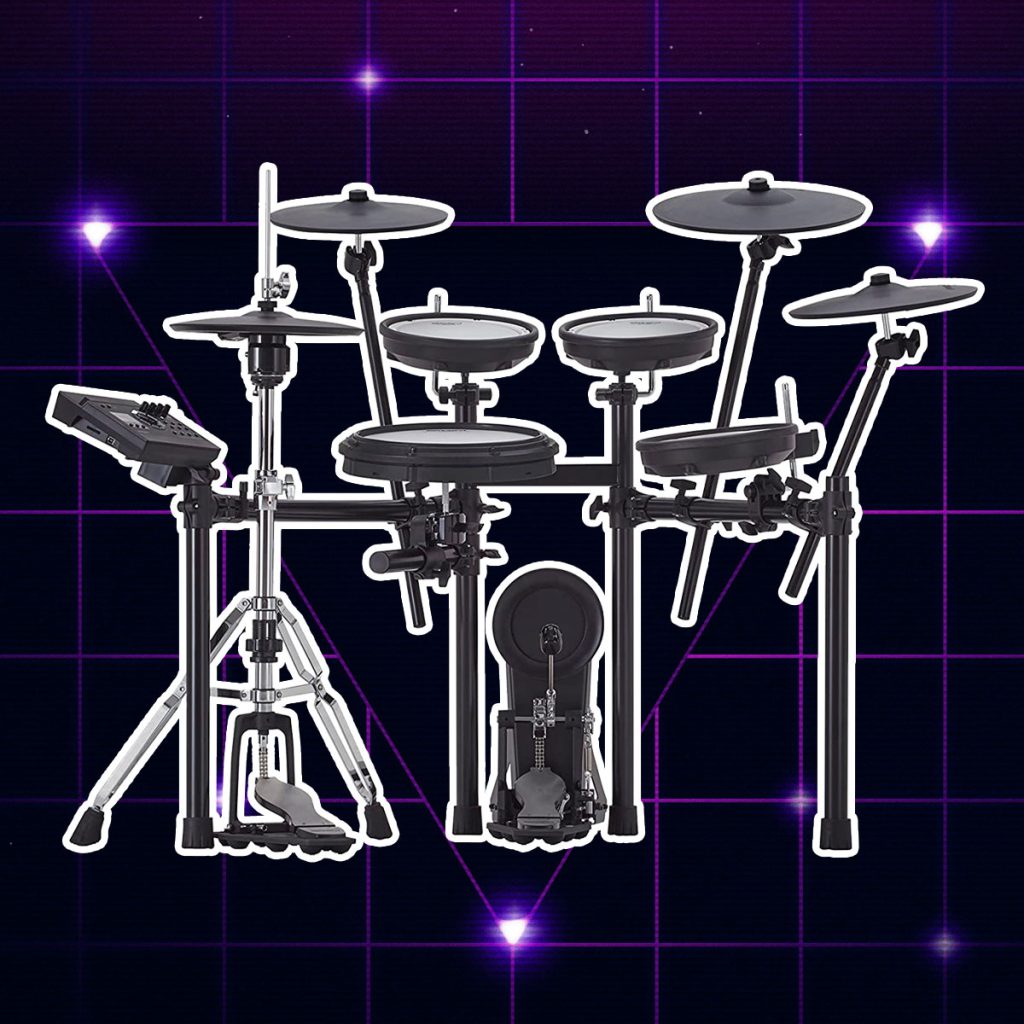
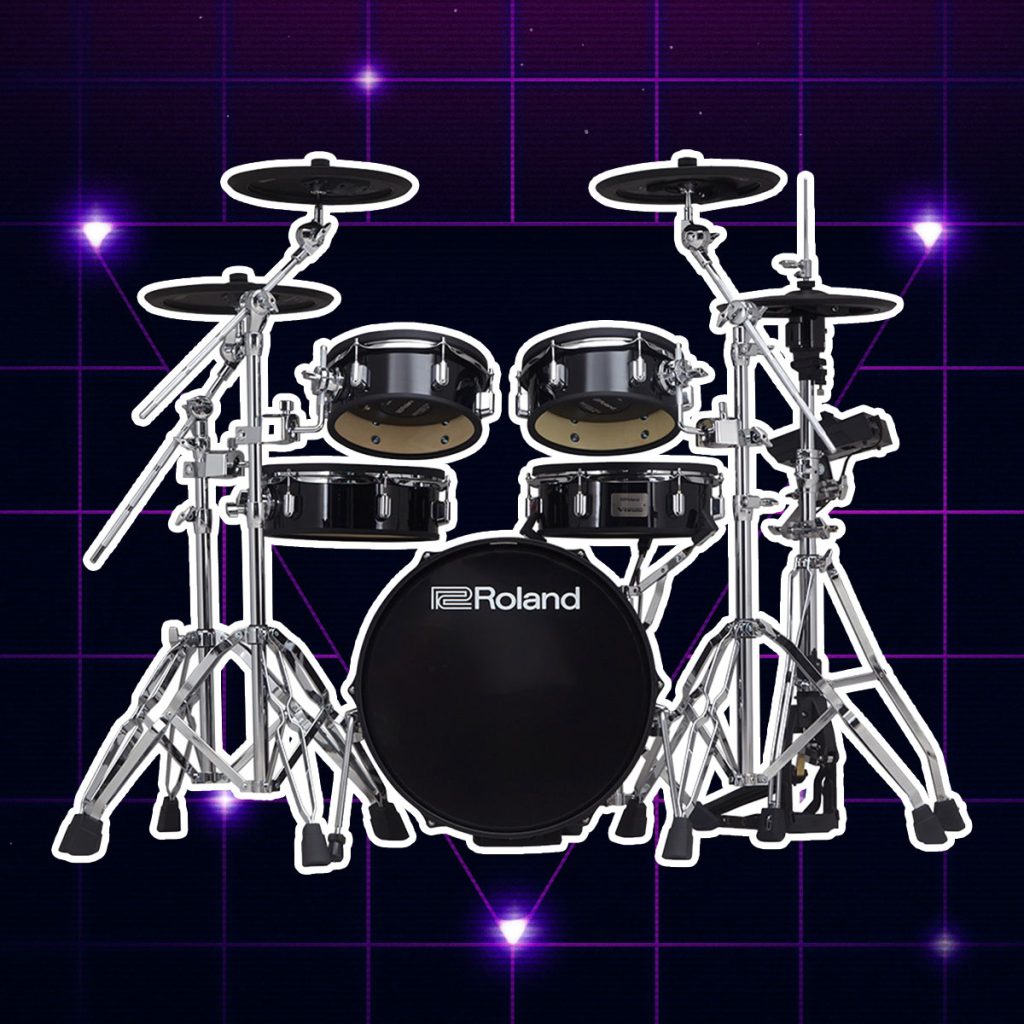
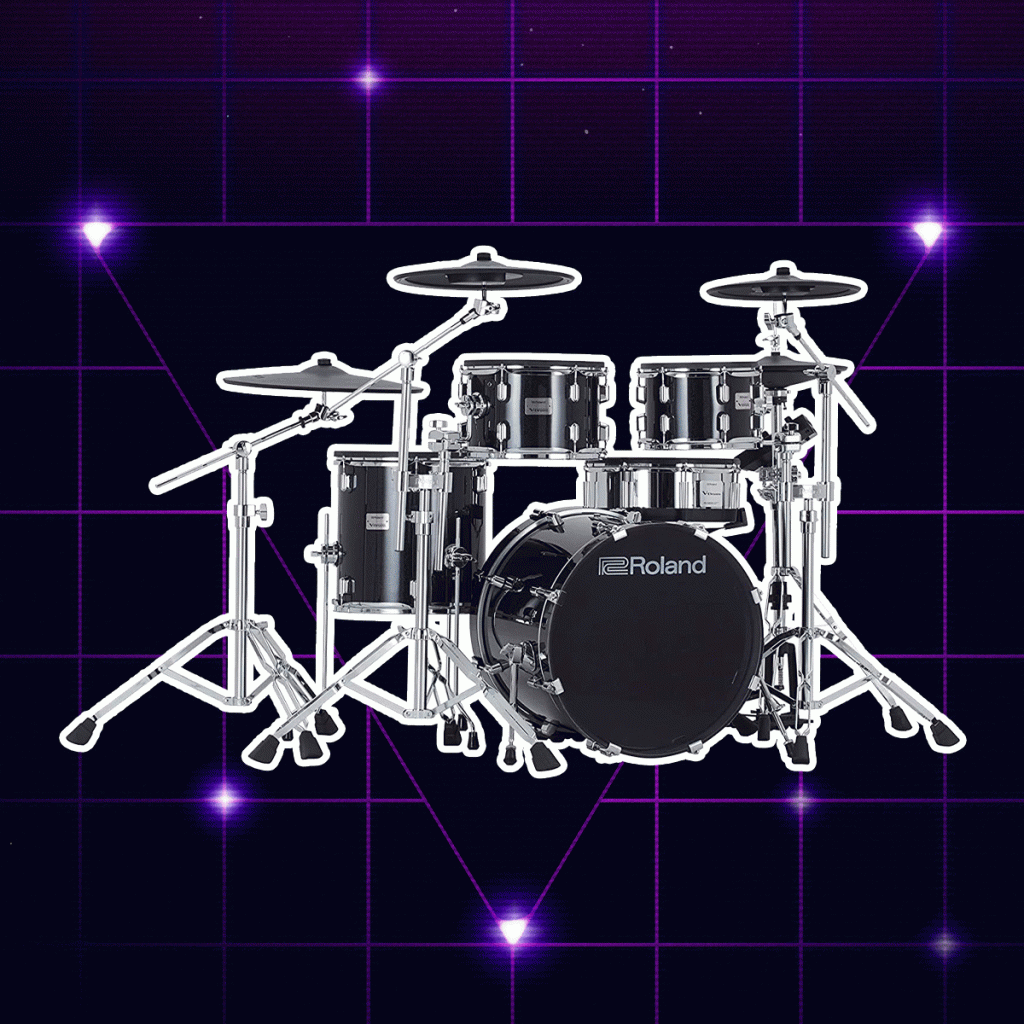
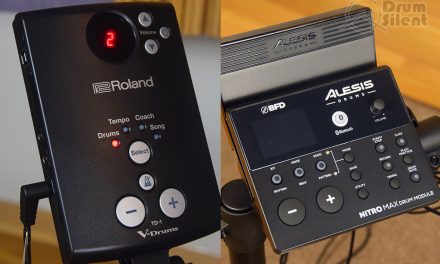
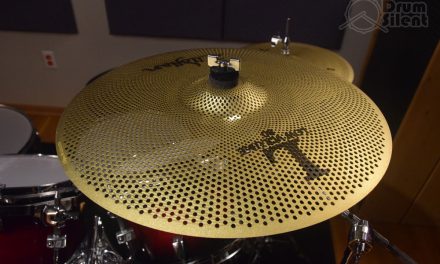
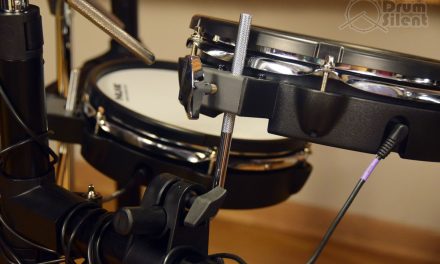
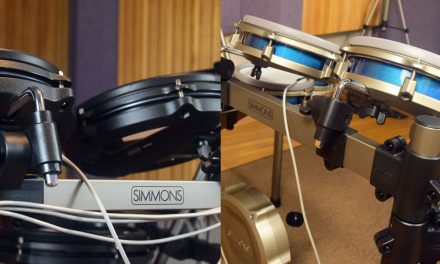
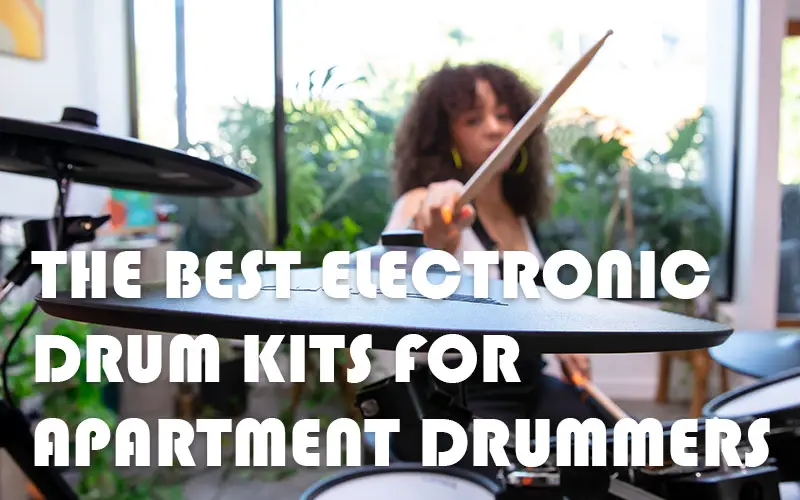
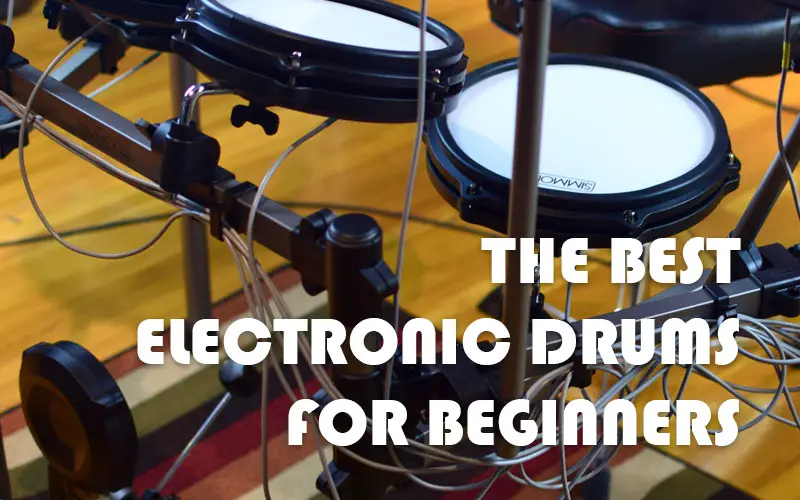
What do you recommend for a drummer (me) that hasn’t played for a long time and had to sell his Slingerlands to downsize into a senior co-op?
I played throughout my 20-40’s, often as my only income, but lost the urge to play in bands in my 50-60’s. Now that I’m retired and living in a no-maintenance place, I’ve gotten the bug back (and enough room) for an electronic practice set. I was never a power drummer (I used a traditional grip with my left hand throughout my drumming career), but my band was strong enough to be opening for national touring acts at First Avenue in the early 80’s.
My budget is definitely sub $1K at present but I’m wondering if I’ll be quickly disappointed with the limitations of the playing surface and feel. I care more about that than finding the perfect sound. If possible, I’d also like to use the E-hi-hat cymbals on a real hi-hat stand of my own choosing.
What are your thoughts on my situation?
Hey thanks for checking in. If you’re referring to First Avenue in Minneapolis that’s pretty neat, I’ve been there for lots of shows over the years. With your experience level and prioritizing feel there is a good chance you’ll find a brand new sub $1000 kit disappointing in one way or another. Standalone hi-hats are pretty uncommon in the price range. I’d maybe recommend taking a look around local used markets if possible to see if you can find a used kit that is closer to your preferences for a cheaper price. As for a new kit recommendation, it might not be exactly what you’re looking for, but I’ve really grown to like the Roland TD-1DMKX that I currently have at home. The pads are smaller and the module is basic with no sound editing capabilities, and it uses the typical hi-hat controller rather than a stand. But it does have a really good feel and the electronic hi-hat controller feels really good for it’s price level.